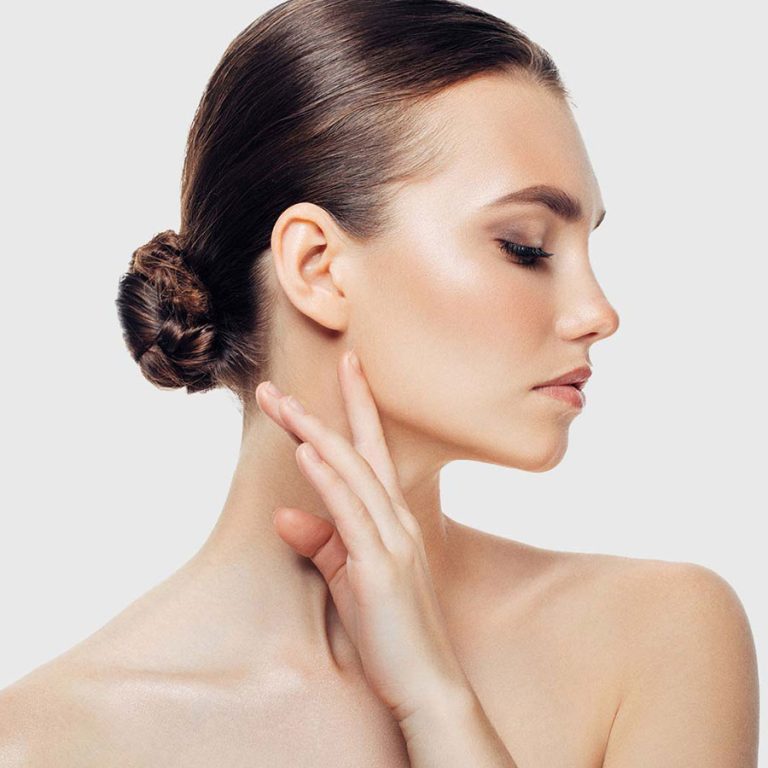
What is a Rhinoplasty
What is a Rhinoplasty? Understanding the Nose Job Procedure
A rhinoplasty, commonly referred to as a “nose job,” represents one of the most frequently performed facial plastic surgeries. This intricate procedure reshapes and reconstructs the nose to enhance its aesthetic appearance and/or improve breathing function. Whether motivated by cosmetic desires or medical needs, rhinoplasties require an experienced surgeon’s skilled hands. This comprehensive guide explains what a rhinoplasty entails.
Rhinoplasty Basics
A rhinoplasty involves surgically altering the bone, cartilage, and soft tissues that make up the nose. Surgeons can change the nose’s size, width, profile, tip shape, nostrils, and more during the operation. The surgery takes place under anesthesia and generally lasts 2-4 hours depending on the complexity.
Some rhinoplasties address purely cosmetic concerns like a visible nasal hump or bulbous tip. Others focus on reconstructive goals like repairing a deviated septum or collapsed nasal structure to improve breathing. Many procedures combine cosmetic and functional elements.
Rhinoplasty Techniques
Two main rhinoplasty techniques exist: open and closed (or endonasal). The approach depends on the patient’s needs and anatomy:
Open Rhinoplasty – This method involves a small bridgeline incision across the columella (soft tissue between nostrils). It allows maximum visualization and surgical access for more extensive reshaping cases.
Closed/Endonasal Rhinoplasty – All incisions occur endonasally without any external cuts. This closed technique suits more minor refinement cases while limiting visible scarring.
During the procedure, the surgeon skillfully resculpts the underlying bone and cartilage framework through the incisions. Extra cartilage may get added as grafts to augment certain areas. Sutures close the incisions once reshaping completes.
The Rhinoplasty Healing Process
After surgery, patients wear an external nasal splint for protection. Swelling and bruising around the nose and eyes develop within the first few days but start subsiding after a week.
Most normal daily activities can resume around 7-10 days post-op. Strenuous exercise and contact sports must wait at least 4-6 weeks to avoid nasal injury during healing.
Residual swelling continues diminishing gradually over the next 6 months or longer until the final nasal contours become apparent. It can take up to a year for all subtle swelling to fully resolve.
Common Reasons for Rhinoplasty
Both functional and cosmetic concerns motivate people to undergo rhinoplasties. Some of the most frequent reasons include:
Nasal Humps/Bumps – Shaving down visible bumps on the nasal bridge creates a smoother profile.
Overly Large Noses – Reducing the overall nasal size creates better facial harmony.
Bulbous Nasal Tips – Refining a rounded, boxy, or bulky nasal tip adds definition.
Wide Nasal Bones – Breaking and narrowing flared nasal bones creates a sleeker appearance.
Upturned/Downward Pointing Noses – Rotating the nasal tip adjusts its projection and angle.
Breathing Issues – Septoplasty straightens a deviated septum while rhinoplasty improves nasal passages.
Post-Traumatic Deformities – Reconstruction restores the nose’s shape after an injury.
As a highly customizable procedure, rhinoplasty allows surgeons to target each patient’s specific aesthetic and functional nasal concerns precisely.
Ideal Rhinoplasty Candidates
Good rhinoplasty candidates should be non-smokers who are physically healthy with no major medical conditions impacting healing. Patients must also have reasonable expectations aligned with what surgery can realistically accomplish for their unique facial structure.
Most surgeons recommend waiting until ages 15-17 for girls and 16-18 for boys when nasal growth completes. Rhinoplasties performed too early may require revision later. Mature facial bone and cartilage provide more predictable, long-lasting results.
Those dissatisfied with a previous rhinoplasty outcome may undergo revision rhinoplasty to make additional corrections or refinements as needed. Revision cases tend to be more complex than primary rhinoplasties.

Rhinoplasty Risks and Potential Complications
All surgical procedures carry some degree of risk despite a surgeon’s expertise and precautions. Potential risks associated with rhinoplasty include:
Bleeding
Infection
Adverse anesthesia reactions
Nasal obstruction/breathing difficulties
Permanent numbness in the nose
Nasal septal perforation
Scarring
Unsatisfactory cosmetic results requiring revision
Skilled surgeons take measures to minimize these risks as much as possible. Closely following all pre- and post-operative instructions also helps reduce complications.
Choosing a Rhinoplasty Surgeon
Perhaps the most crucial decision involves selecting an extensively trained, board-certified facial plastic or plastic surgeon with specialized rhinoplasty experience. Doctors who frequently perform rhinoplasties develop an artistic eye for nasal sculpting and deeper skills at finessing results.
During the consultation process, ask to view rhinoplasty before/after photos and learn about the surgeon’s credentialing, technique, and specific goals for the procedure. Building genuine rapport and trust gets vital for such an intricate, demanding surgery on the face’s most prominent feature.
Cosmetic and functional rhinoplasties alike represent an intricate surgical balance of art and anatomy. A meticulously trained surgeon’s aesthetic eye and technical skill prove paramount to achieving the ideal nasal shape and structure.
The Cost of Rhinoplasty
The national average surgeon’s fee for primary rhinoplasty ranges from $5,000-$15,000, though costs vary significantly by geographic location and each doctor’s specific pricing. Revisions and more complex cases fall towards the higher end of the cost spectrum.
The total price encompasses the surgeon’s fees, operating room fees, anesthesia fees, pre-op medical testing fees, post-op medications, and any specialized equipment or techniques utilized.
Most insurance plans do not cover purely cosmetic rhinoplasties. However, functional cases like septoplasty may be partially covered if documented as medically necessary to improve breathing and supported by the insurance provider.
While an expensive undertaking, many patients feel the investment proves worthwhile to attain their ideal nasal shape and facial balance through rhinoplasty. Careful research helps find the most qualified rhinoplasty surgeon fitting one’s budget.
From reshaping the nasal bridge to refining its tip, rhinoplasty allows surgeons to artfully sculpt and reconstruct the nose according to each patient’s unique needs and goals. Though complex, this rewarding procedure remains highly sought-after for attaining functional and aesthetic nasal refinement when performed by an expert hand.

Conclusion
Rhinoplasty is a surgical procedure aimed at altering the shape, size, and structure of the nose to enhance its aesthetic appearance or improve its function. It can address various concerns such as nasal asymmetry, a prominent nasal hump, or a deviated septum. Rhinoplasty often involves reshaping the bone, cartilage, and soft tissue of the nose to achieve desired cosmetic or functional improvements.
While enhancing the nose’s appearance, the procedure demands careful consideration of facial harmony and proportion, ensuring that the results complement the overall facial features. In addition to its cosmetic benefits, rhinoplasty can also address breathing difficulties caused by structural issues within the nose. As with any surgical procedure, it is essential for individuals to carefully research, consult with qualified surgeons, and understand the potential risks and benefits before making a decision about undergoing rhinoplasty.



